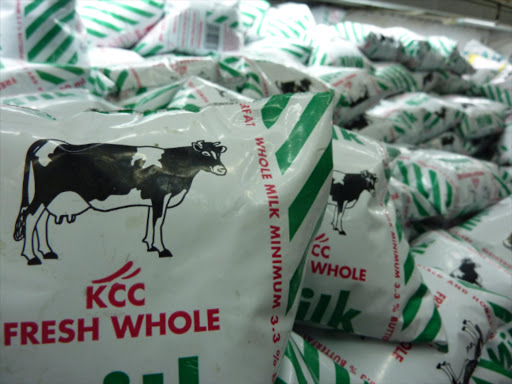Over 6,000 dairy farmers in Kirinyaga County are breathing a sigh of relief after the New Kenya Cooperative Creameries (KCC) agreed to increase its milk intake from Kirima Dairy Cooperative Society to 65,000 litres daily. The decision comes after weeks of heavy losses following a drastic reduction in milk collection by the state-owned processor.
The crisis began when New KCC cut its intake from 45,000 litres to 25,000 litres per day, leaving thousands of farmers with unsold milk. Kirima Dairy Cooperative Society Manager Wachira Chomba revealed that the situation forced many farmers to pour out excess milk, incurring huge financial losses despite continued investment in their dairy farms.
“Our farmers have been confused and discouraged. They’ve been investing in feed and veterinary services only to see their milk go to waste,” Chomba lamented.
In response to mounting complaints, the Kirinyaga County Government, New KCC officials, and the Kirima Dairy Cooperative Board convened a crisis meeting to find a solution. Following the talks, New KCC agreed to take up 65,000 litres of milk daily from the cooperative, a move county officials say will stabilize the situation.
Kirinyaga County Executive Committee Member for Cooperatives, Calbert Njeru, welcomed the development, saying it will allow Kirima to resume full milk collection from farmers. “This is a huge relief. Our farmers can now continue with their activities knowing there is a ready market for their milk,” Njeru said.
To prevent similar disruptions in the future, the cooperative’s management has pledged to strengthen partnerships aimed at enhancing value addition, such as converting excess milk into long-life products like yoghurt, ghee, and powdered milk.
Concerns have also been raised over the idle Kiganjo dry milk facility in Nyeri County, which was established to handle surplus milk in times of oversupply. Despite significant government investment, the facility remains non-operational.
The recent intervention by New KCC brings hope to farmers in the region, but experts warn that long-term stability will require better infrastructure and diversified dairy product processing.

